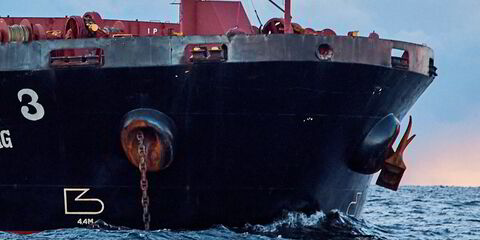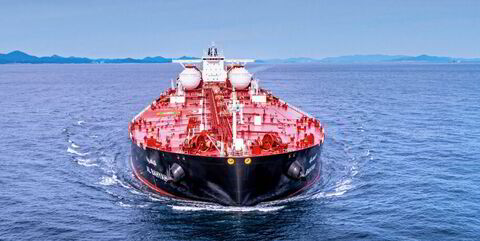The global pursuit of decarbonisation is in full swing, with responsible companies and eager minds busy in the quest for the best alternative low and carbon-neutral fuel options and technologies.
But we must face up to the fact that no industry can decarbonise in isolation. Global industries need to make the right choices in concert. Sustainable energy must be directed to where it can have the biggest impact on reducing greenhouse gas (GHG) emissions. It’s a complex picture, but I am confident we can get there with the right mindset and commitment.
Already by 2030, 5% of the energy for shipping should come from carbon-neutral fuels. The future fuel mix is uncertain, but in order to supply several of the options, supply chains will need to change dramatically. These must be built through cross-industry alliances, with a much stronger emphasis on system-level thinking to scale up the required fuel production, fuel distribution and bunkering infrastructure.
Shipping accomplished an amazing feat by pulling together to safeguard world trade during the pandemic — and we can do the same with this greater climate challenge. The entire maritime value chain — from shipowners to governments, charterers, ports, energy majors and fuel suppliers –needs to work together to ensure that sufficient funds are available and that they are invested in the right projects, with the right incentives in place to encourage first-movers.
Collaborative vehicles are essential for the energy transition, as through such initiatives stakeholders can join forces to support and deliver decarbonisation by sharing knowledge and temporarily setting aside competitive instincts.
Great examples include the Norway’s Green Shipping Programme (GSP), a public-private partnership that aims to establish the world’s most efficient and environmentally friendly shipping industry, the Nordic Roadmap project, funded by the Nordic Council of Ministers, aiming to accelerate the transition to zero carbon fuels and facilitate collaboration in the region, as well as the Global Centre for Maritime Decarbonisation based in Singapore.
Future fuel availability is also a new focus in our latest and significantly updated 2022 Maritime Forecast to 2050 report, which outlines under what conditions each new fuel type will proliferate. What the winner will be — be it biofuels, e-fuels or fossil fuels with carbon capture and storage — remains uncertain, but what we can say with confidence is that the future fuel market will be more diverse than today and reliant on multiple primary energy sources.
The 17th century poet John Donne once wrote that “No man is an island, entire of itself. Each is a piece of the continent, a part of the main.” Donne wrote those words some 400 years ago, when the age of commercial sailing ships was just getting going. But in today’s globalised, fossil-reliant world, they still resonate.
We need to pull together with other industries, regulators and officialdom to ensure the viability and operational safety of carbon-neutral fuels. It’s a tall order but I’ve no doubt that together we can build a better, greener future.
The 2022 Maritime Forecast to 2050 report also includes a wealth of fresh insights and practical advice to help all stakeholders on the road to net zero. Let’s keep the momentum going.



